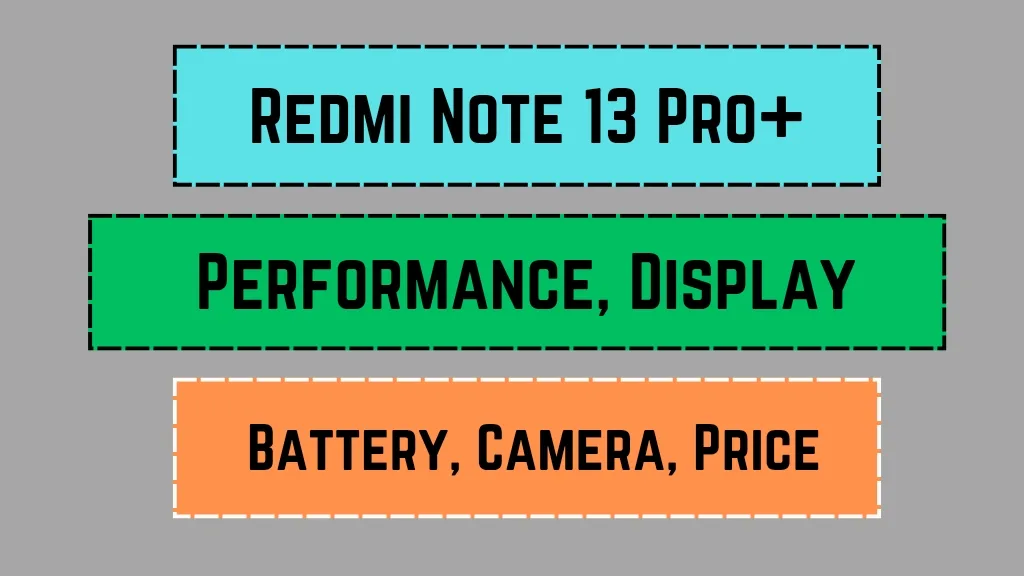The Redmi Note 11S is one of Xiaomi’s most popular budget smartphones, offering an impressive combination of performance, camera quality, and battery life at an affordable price. Launched in January 2022, this device quickly gained attention for its 6.43-inch AMOLED display, 108MP quad-camera setup, and a massive 5000mAh battery with 33W fast charging. Designed for users who want premium features without breaking the bank, the Redmi Note 11S competes fiercely in the mid-range segment against rivals like the Samsung Galaxy A23 and Realme 9 Pro.
In this detailed review, we’ll explore every aspect of the Redmi Note 11S, from its long-lasting battery performance to its versatile camera system, MediaTek Helio G96 chipset efficiency, and current market price. Whether you’re a photography enthusiast, a mobile gamer, or someone who needs a reliable daily driver, this analysis will help you decide if the Redmi Note 11S is the right choice for you.
Key Highlights
| Feature | Details |
|---|---|
| Organization Name | Xiaomi (Redmi) |
| Launch Date | January 2022 |
| Display | 6.43-inch AMOLED, 90Hz refresh rate |
| Processor | MediaTek Helio G96 |
| Battery | 5000mAh with 33W fast charging |
| Join WhatsApp | Click Here |
| Official Website | www.mi.com |
Battery Life: Can the Redmi Note 11S Last All Day?
One of the standout features of the Redmi Note 11S is its 5000mAh battery, which ensures extended usage without frequent charging. In real-world testing, the device comfortably lasts a full day with moderate to heavy use, including social media browsing, video streaming, and light gaming. The inclusion of 33W fast charging means the phone can be charged from 0% to 100% in just about an hour, making it ideal for users who are always on the go.
Compared to competitors like the Realme 9 Pro (5000mAh, 33W) and the Samsung Galaxy A23 (5000mAh, 25W), the Redmi Note 11S holds its own, offering similar endurance but with slightly faster charging speeds. However, heavy gamers might notice faster battery drain when playing graphics-intensive titles like Genshin Impact or Call of Duty Mobile, though battery optimization modes help extend usage.
Camera Performance: Is the 108MP Sensor Worth It?
The Redmi Note 11S boasts a quad-camera setup, headlined by a 108MP primary sensor, an 8MP ultra-wide lens, a 2MP macro camera, and a 2MP depth sensor. The 108MP main camera captures sharp, detailed images in daylight, with good dynamic range and color accuracy. However, like most budget smartphones, low-light performance is decent but not exceptional—photos tend to lose detail and exhibit noise without Night Mode.
The 8MP ultra-wide lens is useful for landscape shots, though distortion is noticeable at the edges. The 2MP macro and depth sensors are functional but feel more like filler hardware than essential additions. On the front, the 16MP selfie camera delivers good results for video calls and social media posts. Compared to the Realme 9 Pro’s 64MP camera, the Redmi Note 11S offers higher resolution but similar real-world performance, making it a solid choice for casual photographers.
Performance & Gaming: How Smooth is the MediaTek Helio G96?
Powered by the MediaTek Helio G96 chipset and up to 8GB of RAM, the Redmi Note 11S delivers smooth performance for everyday tasks like multitasking, browsing, and media consumption. However, it’s not the most powerful processor in its price range—competitors like the Realme 9 Pro (Snapdragon 695) and Poco X4 Pro (Snapdragon 695) offer better gaming performance.
Casual games like PUBG Mobile and Call of Duty Mobile run at medium settings with stable frame rates, but high-end games like Genshin Impact require lowering graphics settings for smoother gameplay. The 90Hz AMOLED display enhances the experience, providing fluid scrolling and better responsiveness than standard 60Hz screens. If you prioritize gaming performance, the Poco X4 Pro might be a better option, but for general use, the Redmi Note 11S is more than capable.
Price & Availability: Is It Still a Good Deal in 2024?
At launch, the Redmi Note 11S was priced at around ₹16,999 (~$200) for the 6GB+64GB variant, making it an excellent value-for-money device. However, as of 2024, prices have dropped further, with some retailers offering it under ₹14,000 (~$170). Compared to newer models like the Redmi Note 12 or Realme 10 Pro, the Redmi Note 11S remains a strong contender for budget-conscious buyers who want AMOLED display, good cameras, and long battery life without spending extra.
FAQs
1. Does the Redmi Note 11S support 5G?
No, the Redmi Note 11S is a 4G-only device. If you need 5G, consider the Redmi Note 12 5G or Realme 10 Pro 5G.
2. How is the software experience on the Redmi Note 11S?
It runs MIUI 13 based on Android 11, with updates to MIUI 14 available. However, it may not receive Android 13 or later updates.
3. Is the Redmi Note 11S good for gaming?
It handles casual and mid-range games well, but high-end games require lower settings for smooth performance.












